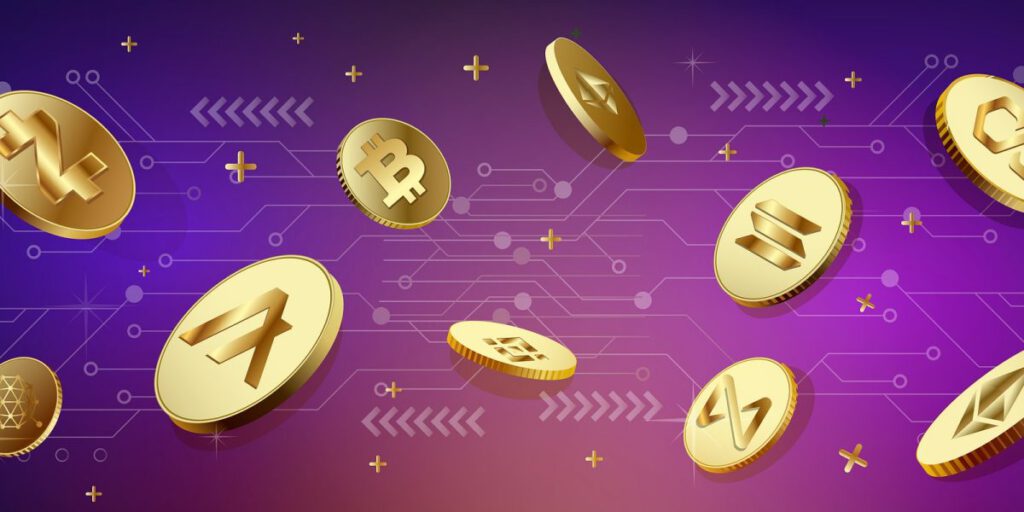With estimated 20,000-plus cryptocurrencies in circulation, there has been a major power shift from the blockchains to the exchanges, which serve as the proverbial gatekeepers to the crypto universe. But with so many tokens competing for attention, how does a new token get listed?
“Listing a token depends on the exchange,” according to Mark Fidelman, founder of digital and e-commerce agency Fanatics Media. “When you’re listing, make sure that you follow the exchange’s guidelines. But keep in mind that the exchanges want to see volume; they want to know that there’s a market for your token because it costs them to list it. If your token isn’t being traded enough, then it’s never going to produce the amount of fees they require to keep it.”
In other words, getting listed is something of a catch-22. To get volume, you need to be on an exchange, but to get on an exchange, you need volume.
There are now nearly 600 crypto exchanges operating around the globe. Thankfully, Forbes recently published a list of its top 60 exchanges to make this number less daunting. On each exchange, crypto projects can theoretically sell directly to buyers, but minting tokens without an exchange is like trading stock without a stock market. At minimum, most buyers want access to third-party trading data and quotes.
The trick, according to the experts, isn’t necessarily being the best-known or newest token, but finding the right “fit.” This requires doing some homework, including knowing what the exchanges want.
“When considering a possible listing, we leverage a standardized due diligence process,” says Jack Levy, director of launch at AscendEx, a crypto investing platform that features hundreds of tokens. “We look at items like relative cost basis for investors and compare it to overall token emission releases. We also consider a multitude of other factors including team background, investment backers, underlying technology and security, regulatory risks, and ‘know your customer,’ or KYC, in order to fully vet out the clients we may engage with.”
Of course, crypto projects have their concerns, too. Fidelman advises checking out CoinGecko and CoinMarketCap to make sure that exchanges — and their tokens — have a presence on both sites. Jacky Goh of Rewards Bunny, a crypto rewards platform that mints its own tokens, does his own due diligence. “Factors we consider when listing a new coin on an exchange are active users, what region the exchange is in, compliance, reputation, and trustworthiness,” he says. “At the end of the day, if the exchange has no credibility, neither will the prospective crypto investor.”
Indeed, listing a new token can be a bit of a dance, though one with few rules and just as many shortcuts. Fidelman says that projects should consider reserving their listing until they get some liquidity going, perhaps by building word of mouth or offering rewards. But, he adds, you still might end up paying a big fee in order to make the digital big boards. “I’ve seen fees listed from free to $3 million just to list your token on the site,” explains Fidelman, “so you’ve got to do some sort of ROI analysis to determine if listing on that exchange is proper or not.”
One positive, however, is that while the crypto universe has exploded over the past several years, it is, at its core, still a like-minded community of innovators and investors, and its luminaries are constantly on the lookout for new, innovative, and exciting projects with functional utilities. Fidelman, for example, is particularly excited about two new tokens — TETRA and QUAD — which are part of the first-ever decentralized fee-producing basket of coins deployed on the Ethereum blockchain, aka Tetraguard. Tetraguard distributes all of its fees to token holders rather than the exchanges, and assets are not controlled, managed, or stored by a third party.
“I’m very excited to see the Tetraguard decentralized ETF, because now you can trade a basket of stocks and earn rewards just by holding that basket, as well as trade them like you can any other token,” Fidelman says. “With that one token, you can be trading a whole basket of stocks.”


